Krása, díky za čtení, třeba se nám někdy taky poštěstí 



2,000-year-old hoard of silver coins found on the bank of a stream
Categories: Minting - Numismatics , Finds and rescue research abroad , Nálezy nejenom s detektorem na blízkém východě
In September last year, archaeologists found 651 silver coins from the Roman period in the ancient Greek city of Aizanoi in Kütahya province in western Turkey. According to experts, this is a unique collection of all the rulers of the late Roman Republic, the so-called "coin album" of the rulers.
The coins were literally stuffed in a ceramic jar surrounded by three terracotta plates that were supposed to protect the vessel. The whole set was thoughtfully deposited near a local stream. Because the jar was partially broken after 2,000 years in the ground, it was retrieved in situ, then transported to the laboratory with the entire block of soil. According to experts, the depot probably belonged to a high-ranking Roman soldier.
"The coins are in excellent condition despite their age. The inscriptions on them and the depictions are still legible," said Elif Özer, an archaeologist at Turkey's Pamukkale University. It is likely that a high-ranking soldier was present in Aizanoi. He deposited the coins for reasons we don't know today," she continued.
439 of the coins in the hoard are denarii - ancient Roman silver coins - while 212 othersch are cistophori, silver coins from the ancient Greek city of Pergamon - now in Turkey. "Many of the coins were minted in southern Italy," noted Elif Özer. The silver coins are decorated with portraits of Roman emperors," she added.
"The coins depict Caesar, Brutus, Marcus Antonius, Marcus Vipsanius Agrippa and Augustus, with the back of each coin telling a different story," the archaeologist said. One type of coin, for example, shows a scene with Aeneas, a Trojan warlord who, according to mythology, was the predecessor of Romulus and Remus, the founders of Rome. In the scene engraved on the coin, Aineiás carries Anchises on his back. "The huge collection of denarii and cistophores is known as the "coin album" (in the sense of today's photo album, n.d.). "It depicts the faces of rulers from the late Roman Republic," Özer said.
After cleaning and preservation, the entire hoard was sent to a museum in Ankara, where the coins will be permanently displayed.
Roman Nemec
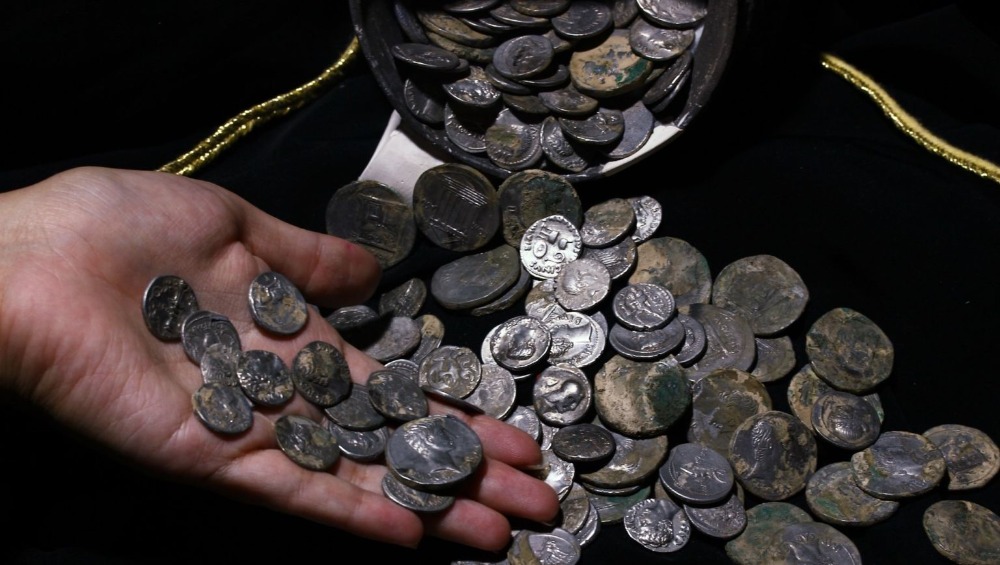
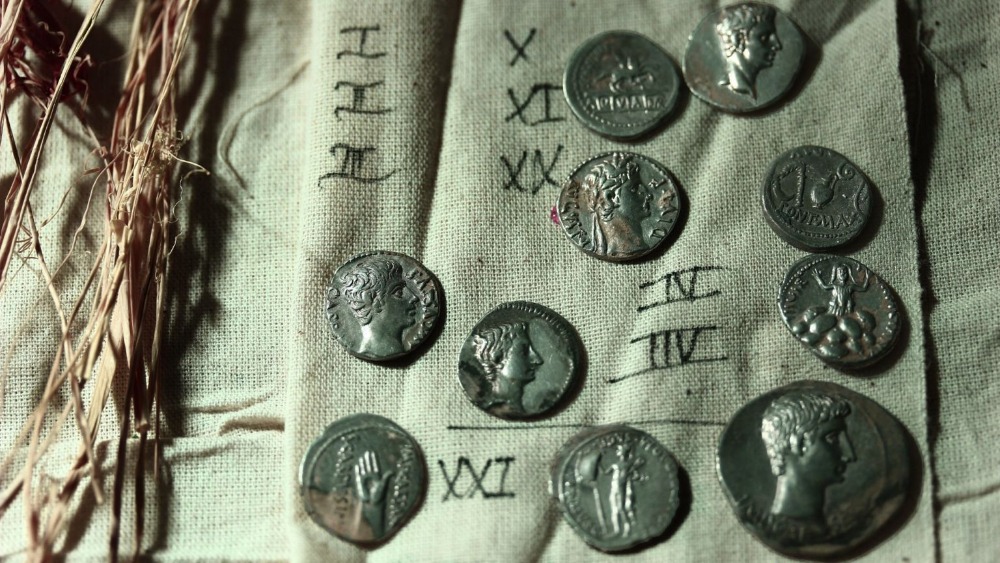
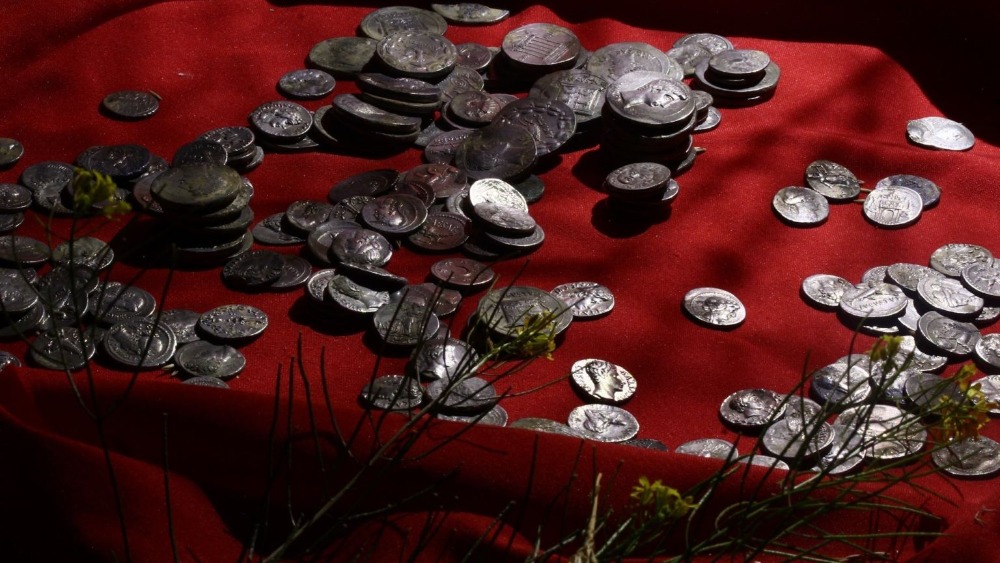
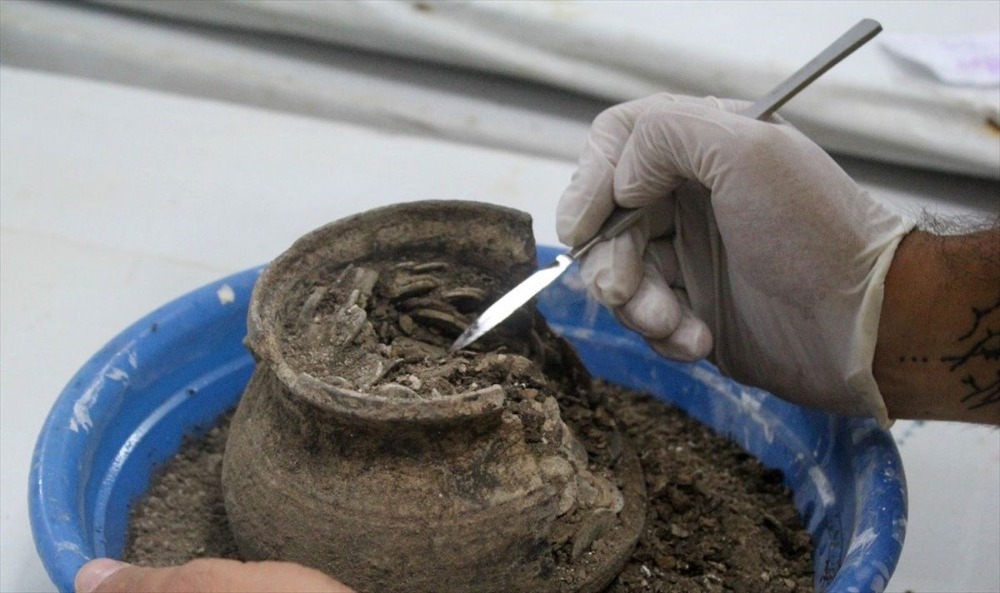


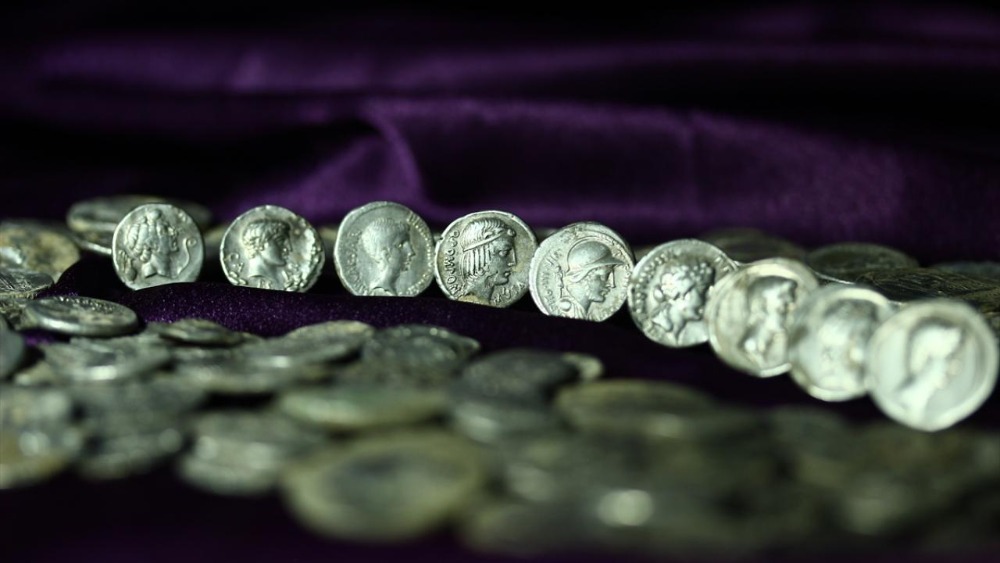



Sources: livescience.com, thehistoryblog.com
The article is included in categories:










